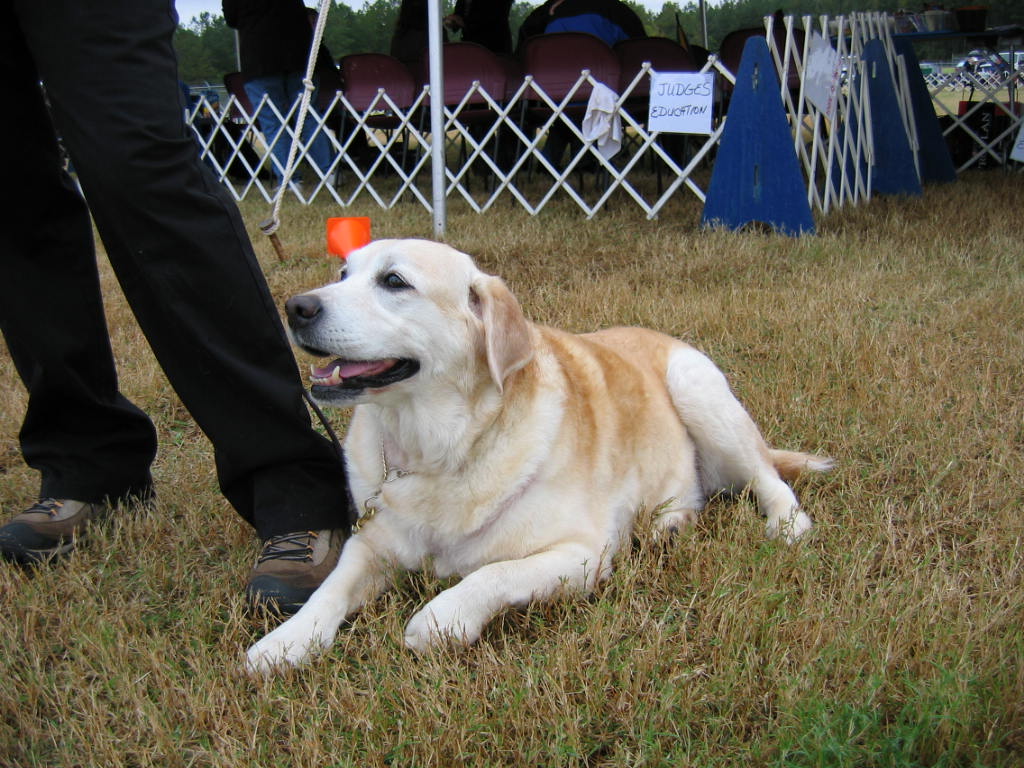Saying goodbye to a beloved pet is never easy, but planning and care can help it to be less stressful for your pet, yourself, and veterinary staff.
Gracie was nearing 12. She had arthritis in her hips and in both knees. For two years we’d been able to manage her increasing pain with a combination of Western and Eastern methodologies. She took several medications and had regular rehab and pain management therapies including underwater treadmill walks, cold laser treatments, acupuncture, and massage. Our long walks slowed to ambles until she didn’t want to leave the yard. A simple walk left her panting on her bed for hours. When the bad days outnumbered the good, we planned our goodbye.
A Sad Journey
Your pet’s final veterinary visit won’t be as joyous as his first. That excitement over a new kitten or puppy, the staff cooing and cuddling, is replaced by a hushed sadness while gentle pats and kisses are given.
We’ve said farewell to our share of cats and dogs, from young fosters to seniors. The experiences ran the gamut, too: rushed to relieve an animal of intense suffering, and quiet reverence to honor a lifelong bond. Most of these deaths were calm. Except for Gracie’s.
We planned a perfect last weekend with our loyal yellow Lab, who was my retired competition partner and a long-time therapy dog for children with physical and developmental disabilities. We attended a Meet the Breeds event where she interacted with children. We went for ice cream, to the bank (the tellers loved sending treats to Gracie), and had visits from friends and family. Near the end of a beautiful September afternoon, we drove Gracie to the clinic.
Her tail wagged while a vet tech placed the catheter, and I lay on the floor next to my sweet girl and fed her blueberry donut bites. “Fuel for the Journey,” I said.
The vet, new to us, looked at her and said no. He talked about his elderly chocolate Labrador retriever. He said he couldn’t put Gracie down. My husband took him aside, reminded him Gracie was not his dog, and that he was projecting his own fear of loss onto Grace. The spell of calm I so carefully created for Gracie was broken, and my dog hid behind me and backed herself into a corner of the room as the vet approached. She yawned anxiously, and her big brown eyes darted back and forth between us. Those last few moments were hectic, fearful, not at all what we had planned. Six years later those memories hurt, because I knew there had to be a better way.
Being Present
There is. Fear Free techniques can help your pet’s last vet visit be as fearless as his first visit, even during an emergency.
Ingrid Johnson, CCBC, IAABC, is the vet tech, office manager, groomer, and certified cat behavior consultant for Paws, Whiskers and Claws, The Feline Hospital in Marietta, Georgia. At the Fear Free clinic, there are steps they take to keep their patient calm before and during euthanasia, Johnson says. They work for cats or dogs.
A sign in the waiting room asks others to be quiet and respectful when the adjacent lighted candle indicates a family is saying last goodbyes to a beloved pet. “We also ask the owner to be present,” she said. “When appropriate, we ask the owner to be near the cat’s head, and we keep the cat in its own bedding, cradled in his owner’s arms or on an exam table.”
If an animal has a history of being fearful during routine exams, medicine is given at home to calm him, and the staff can come out to the owner’s car. “But we never take the cat away from his people,” Johnson says. In some areas, an in-home euthanasia can be arranged, although not all veterinarians perform this service. The costs are higher and can be prohibitive for some families.
In cases of emergency, the steps are the same “except that we don’t know in advance they are coming. Unless we have to do an x-ray or take a cat right to surgery, the owners are involved. If, for example, a cat is in respiratory distress, has labored breathing, and needs oxygen, there’s no reason the owner can’t sit there and hold the oxygen mask. We just don’t see a reason to remove the cat from their person.”
If an owner is squeamish, she says, “We tell them to turn their heads, or read a brochure, or look at pictures on the wall. That is not a reason to take the pet ‘to the back’ to start an IV. Most people are okay and strong enough in an emergency to help their pet through diagnosis, treatment, and euthanasia,” Johnson said.
Since Gracie’s death, I’ve become a more vocal advocate for my dogs’ health care. I’ve held a dog during emergency treatments after hours, and at our regular vet’s office for both routine and urgent care. I don’t look forward to the next dog leaving us, but the process will be Fear Free for our pet and for us.
This article was reviewed/edited by board-certified veterinary behaviorist Dr. Kenneth Martin and/or veterinary technician specialist in behavior Debbie Martin, LVT.








